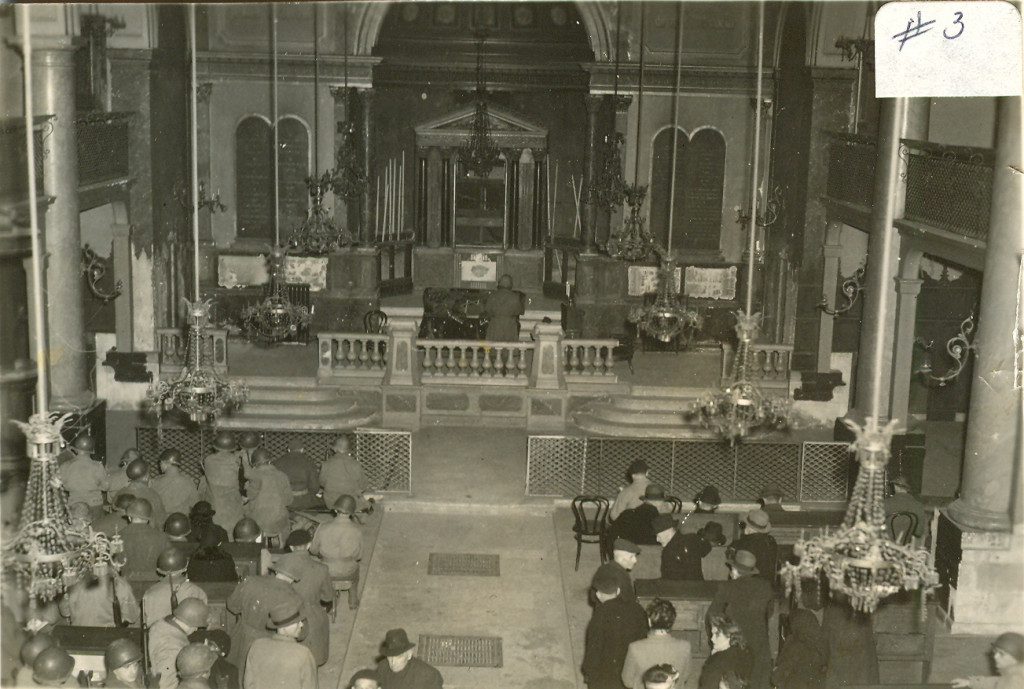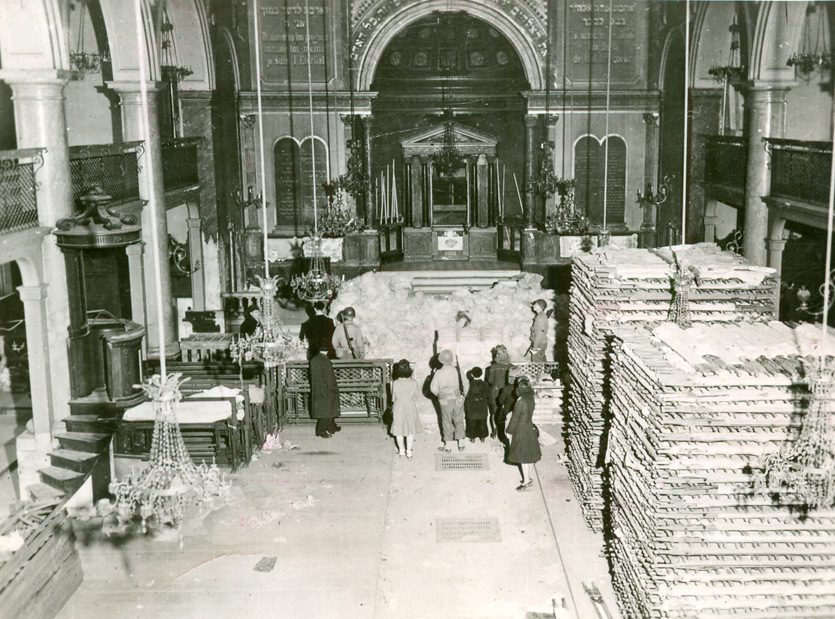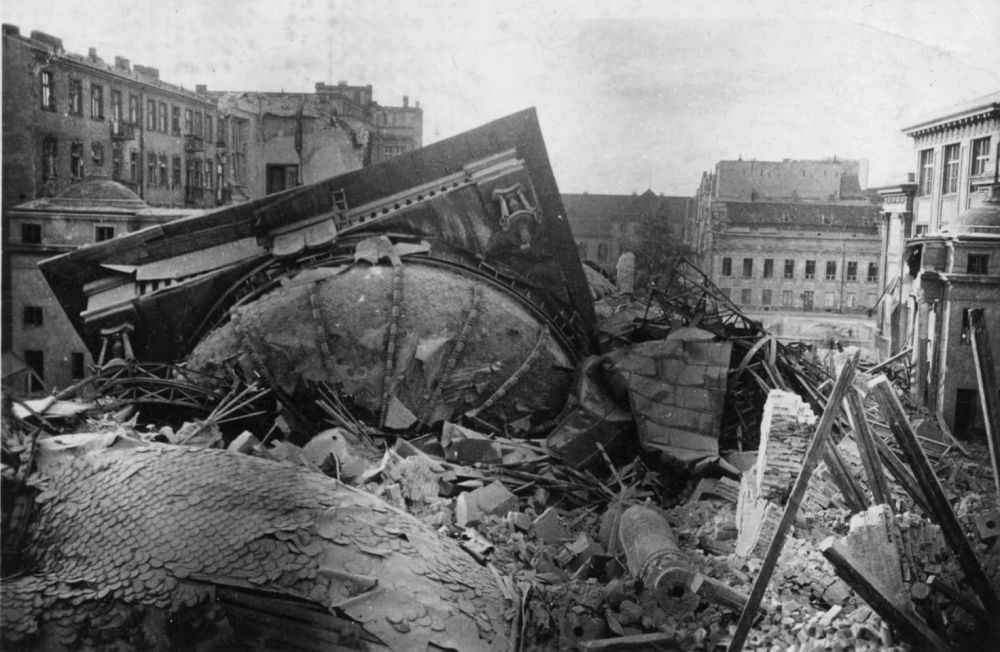Reference




OpenAI's Answer
The destruction of large, representative wooden synagogues by the end of World War II was influenced by several notable events, particularly during the Holocaust. Here are the key events and circumstances:
-
Kristallnacht (The Night of Broken Glass):
- On November 9-10, 1938, Nazi forces carried out a series of pogroms against Jews throughout Nazi Germany and Austria. During Kristallnacht, synagogues were set on fire, vandalized, and destroyed. This event marked a significant escalation in Nazi anti-Semitic policy and led to widespread destruction of Jewish property, including wooden synagogues.
- Source: The Holocaust Explained
-
World War II and the Holocaust:
- Throughout World War II, the Nazis systematically targeted Jewish communities, resulting in the devastating destruction of synagogues. During the war, many synagogues were burned down, demolished, or repurposed for non-religious uses by the Nazis. This widespread annihilation, specifically during the Holocaust, decimated many wooden synagogues in Europe.
- Source: Genocide Recording
-
Cultural Genocide and Vandalism:
- The Nazis aimed to eliminate all traces of Jewish culture and religion. This cultural genocide included the deliberate destruction of places of worship. Many wooden synagogues were unique architectural representations of Jewish heritage and thus were special targets for the Nazis to destroy in their effort to erase Jewish identity.
- Source: My Jewish Learning
-
Post-War Aftermath:
- By the end of World War II, the few wooden synagogues that survived the initial onslaught during Kristallnacht and the subsequent war years were often in ruins or neglected. The Jewish population in Europe, having suffered catastrophic losses in the Holocaust, left many of these buildings without communities to restore or maintain them.
- Source: Brandeis University
Overall, the destruction of wooden synagogues was a tragic consequence of calculated Nazi policies aimed at annihilating Jewish culture and religion during one of history's darkest periods.
Follow Up
Related
What legend exists about the destruction of the statue at Garendon?
What event is associated with the destruction of a wooden synagogue in 1913?
Which South African township was a cultural center for African jazz before its destruction?
What notable feature did the synagogue in Hrodna have before its destruction?